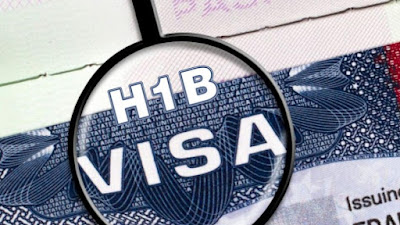In the age of smartphones and digital connectivity, solo travel has undergone a remarkable transformation. Technology has become the ultimate travel companion, making exploration easier, more convenient, and increasingly accessible to travelers around the world. I am currently in Cape Town, South Africa, and so far, I have been able to explore 3 beaches, find 3-4 "off the beaten path" restaurants, and live "in the mountains", thanks to technology.
Technology: A Pocket-friendly Digital Travel Assistant
Given that I started solo travel in the Tenties, I have no recollection of how solo travel was without our smartphone (or any other smart device). Were people even comfortable enough to travel by themselves? The only image that pops up in my head when I think of travel prior to the "Digital Age" is groups of people who would land in a foreign city clutching a physical map, struggling to communicate, and potentially feeling overwhelmed.
Today, technology has completely revolutionized the solo travel experience. With a few taps on my smartphone, in most places I travel to, I can:
- Order a ride instantly through Uber or Bolt, eliminating the anxiety of navigating unfamiliar public transportation
- Have meals delivered directly to my hotel room through apps like Uber Eats or local food delivery services
- Navigate complex city streets with precise GPS mapping, removing the fear of getting lost
- Discover hidden gems and top-rated restaurants through crowd-sourced review platforms like TikTok or Google Reviews
The convenience is unprecedented. Translation apps break down language barriers, booking platforms simplify accommodations, and digital maps provide real-time navigation that was unimaginable just a decade ago.
The Hidden Cost of Convenience: Lost Human Connections
However, this technological ease comes with a subtle but significant drawback. As we increasingly rely on digital solutions, we're losing something precious - genuine human interactions that once defined travel experiences.
If I were to further my aforementioned imagination of people travelling prior to technology, it would probably consist of people:
- Asking locals for directions, sparking unexpected conversations
- Seeking restaurant recommendations from hotel staff or street vendors
- Discovering off-the-beaten-path locations through spontaneous interactions
Now, we're more likely to consult an app than engage with local residents. This digital dependence means missing out on the rich, unpredictable moments that make travel truly transformative.
The Algorithmic Tourist Trap
Moreover, technology tends to funnel travelers toward popular, highly-rated locations. While these spots are undoubtedly beautiful, they often represent a sanitized, commercial version of a destination. The truly authentic local restaurant - the one known only to residents, tucked away in a narrow side street - might be completely overlooked by algorithm-driven recommendations.
Perhaps the most stark reminder of our technological dependency comes when devices fail. A dead battery, lost phone, or poor internet connection can suddenly leave a solo traveler feeling vulnerable and disoriented.
Finding the Balance: A Hybrid Approach to Travel
The solution isn't to abandon technology, but to use it wisely. The best travel experiences come from striking a balance:
- Use digital tools for primary navigation and safety
- But remain open to spontaneous interactions
- Allow yourself to put the phone down and engage with your surroundings
- Keep a physical map or guidebook as a backup
- Ask locals for recommendations, even after checking online reviews
A good example of such has been my trip to Cape Town so far. I was intentional about getting a space in Hout Bay, or "in the mountains". This five-day getaway experience (out of my 10 days in Cape Town) afforded me time away from my phone, getting to interact more with people, and of course a serene and peaceful time with nature.
Technology has undeniably made solo travel more accessible and convenient. But the most memorable journeys are those where we use technology as a tool, not a substitute for genuine human connection.
Travel is about experiencing the world, not just documenting it through a screen. Embrace the digital age but never lose the spirit of exploration that makes travel truly magical.
Funmi Oke




